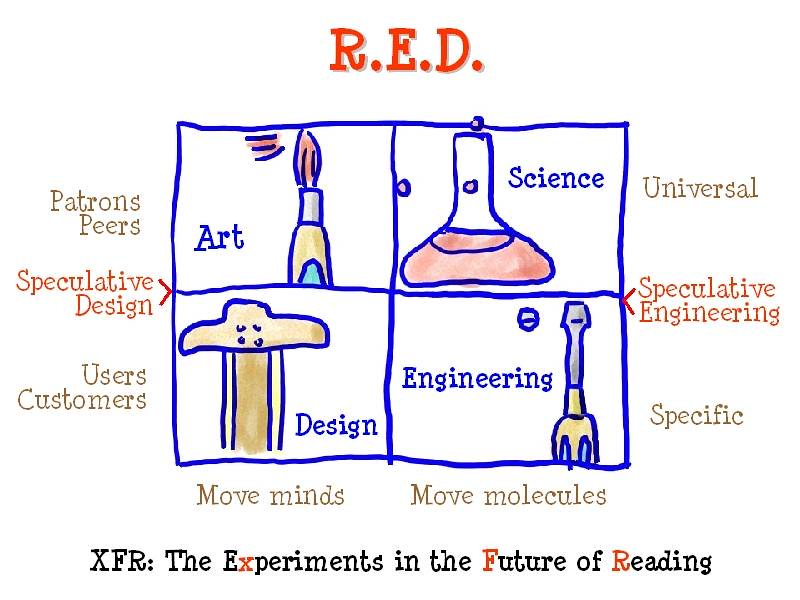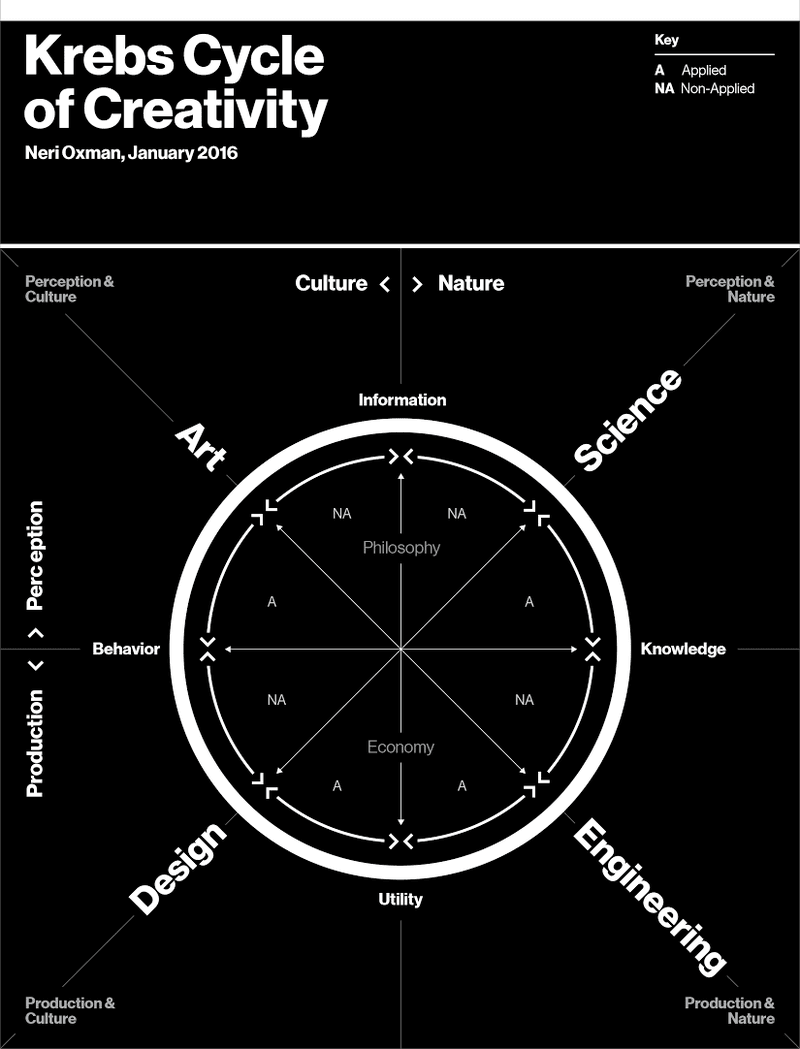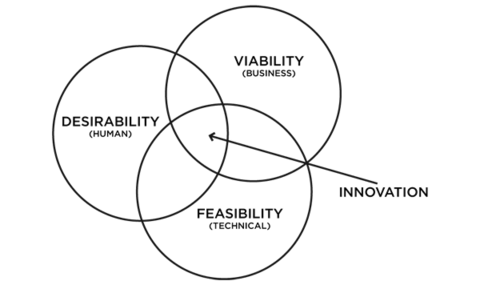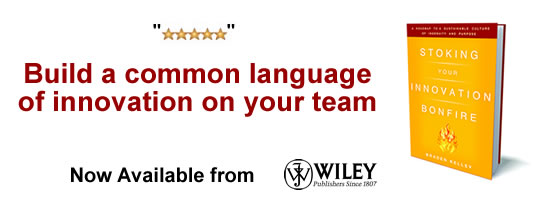
Is it really possible to travel back in time? What about traveling into the future, have we finally figured out how to do that? Well, you’ll have to read on to find out…
But before we explore whether someone has finally figured out how to successfully time travel and recruit you to join me in investing in their pre-IPO startup, I’d like to introduce one of the most important visualizations from the world of innovation that many of your have probably never seen – Neri Oxman’s Krebs Cycle of Creativity from January 2016.
If you’re not familiar with this incredibly important visual artifact from the work of Neri Oxman from MIT’s Media Lab, you should be because it does an amazing job of capturing the interplay between Art, Science, Engineering and Design in the creation of innovation. It builds on John Maeda’s Bermuda Quadrilateral from 2006:

And Rich Gold’s Matrix, also from 2006:

While Rich Gold’s visualization builds on the logical bones of John Maeda’s Bermuda Quadrilateral and introduces the concepts of speculative design, speculative engineering, and the contrast between moving minds & moving molecules, it lacks the depth of Neri Oxman’s Krebs Cycle of Creativity visualization. But the Krebs Cycle of Creativity does lose Maeda’s expression of the linkages between science & exploration, engineering & invention, design & communication, and art & expression. But even without these assertions of Maeda, the Krebs Cycle of Creativity still captures a number of other powerful tensions and assertions that can benefit us in our pursuit of innovation.
Time Marches On
The Krebs Cycle of Creativity can be viewed from a number of different perspectives and utilized in a number of different ways. But, one way to look at it is as if it were a watch face. In this context as time moves forward you’re following the typical path, a technology-led innovation approach.
Using the Krebs Cycle of Creativity Canvas in a clockwise direction will help us explore:
- What information do we have about what might be possible?
- What knowledge needs to be obtained?
- What utility does the invention create?
- What behavior do we need to modify to encourage adoption?
It begins with the invention of a new piece of technology created by the usage of existing information and a new perception of what might be possible within the constraints of our understanding of the natural world, or even by expanding our understanding and knowledge of the natural world using the scientific method.

You’ll see at 3 o’clock in the image above that it at this point in time that most organizations then hand off this new knowledge to their engineers to look at this new understanding of nature through the production lens in order to convert this new knowledge into new utility.
Engineers in most organizations are adept at finding a useful application for a new scientific discovery, and in many organizations this work is done before designers get a peek and begin to imagine how they can present this utility to users in a way that drives behaviors of adoption in a way that the behaviors of using the product or consuming the service feel as natural as possible and as frictionless as possible.
And unfortunately the artists in any organization (or outside via agency relationships) are called in at the eleventh hour to help shape perceptions and to communicate the philosophy behind the solution and the to make the case for it to occupy space in our collective culture.
Pausing at the Innovation Intersection
The way that innovation occurs in many organizations is that Science and Engineering collaborate to investigate and confirm feasibility, then Engineering and Design collaborate to inject viability into the equation, and then Design and Art (with elements of marketing and advertising) collaborate to create Desirability at the end. This may be how it works in many organizations, yet it doesn’t mean that it is the best way…

Traveling Back in Time
But as we all know, water can run uphill, the moon can eclipse the sun, and yes time can run in reverse. Viewing the Krebs Cycle of Creativity in a counter clockwise direction and pushing the hands of the watch backwards will have you following a user-led innovation approach instead.
Using the Krebs Cycle of Creativity Canvas in a counter clockwise direction will help us explore:
- What information do we have about what is needed?
- What behavior should we observe?
- What would create utility for customers?
- What knowledge must we obtain to realize our solution vision?
It begins with the identification of a new insight uncovered by the investigation of existing information and a new perception of what might be needed within the constraints of our understanding of our customers, or even by expanding our understanding and knowledge of our customers by using ethnography, observation, behavioral science and other tools to enter the mind of your customers, employees or partners.
You’ll see at 9 o’clock in the image above that it at this point in time that user-driven organizations after having their business artists use their perception skills to investigate the culture and philosophy underpinning this new understanding of behavior and pass it off for their designers to look at through the production lens in order to convert it into new utility.
Designers in many organizations are adept at finding a useful application for a new behavioral understanding, and in user-driven organizations this work is done before engineers get a peek and begin to imagine how they can build this utility for users in a way that creates new knowledge in a way that will differentiate the products or services of their organization from those of the competition.
And in user-driven organizations scientists are called in as needed to help overcome any barriers engineers encounter in realizing the solution that best satisfies the users’ identified needs, while leveraging new scientific perceptions that help shape our understanding of nature and empower new philosophical beliefs about what’s possible.
Conclusion
While we haven’t torn any worm holes through the fabric of the space-time continuum with this article, hopefully we have expanded your repertoire with some new tools to facilitate conscious choices around whether you are going to pursue technology-led innovation (clockwise) or user-led innovation (counter clockwise).
Hopefully we have also shown you a better way of visualizing where you are in your innovation journey and where the turning points in your innovation pursuits lie as you seek to take a quantum leap and transform your past into a bright, shiny future.
So now it is time to answer the question you had at the beginning of this article… Is time travel possible?
Well, nearly a decade ago NASA ran an experiment that proved elements of Einstein’s theory of relativity, specifically that the fabric of space-time warps around the earth in response to gravity. Read about it here
And yes, time travel is theoretically possible, or at least time is not theoretically constant as described in this NASA article.
Neither of these indicate that it is possible to travel backwards in time (despite what Superman physics says), only to affect how time advances, but if anyone wants to invest a million dollars in my time travel startup, I’ll cash your check. Because who knows, maybe your check is what will finally make time travel possible!
Anyone? Anyone? Bueller?
Image credits: Neri Oxman, MIT Media Lab; Rich Gold; John Maeda; Pixabay
![]() Sign up here to get Human-Centered Change & Innovation Weekly delivered to your inbox every week.
Sign up here to get Human-Centered Change & Innovation Weekly delivered to your inbox every week.
